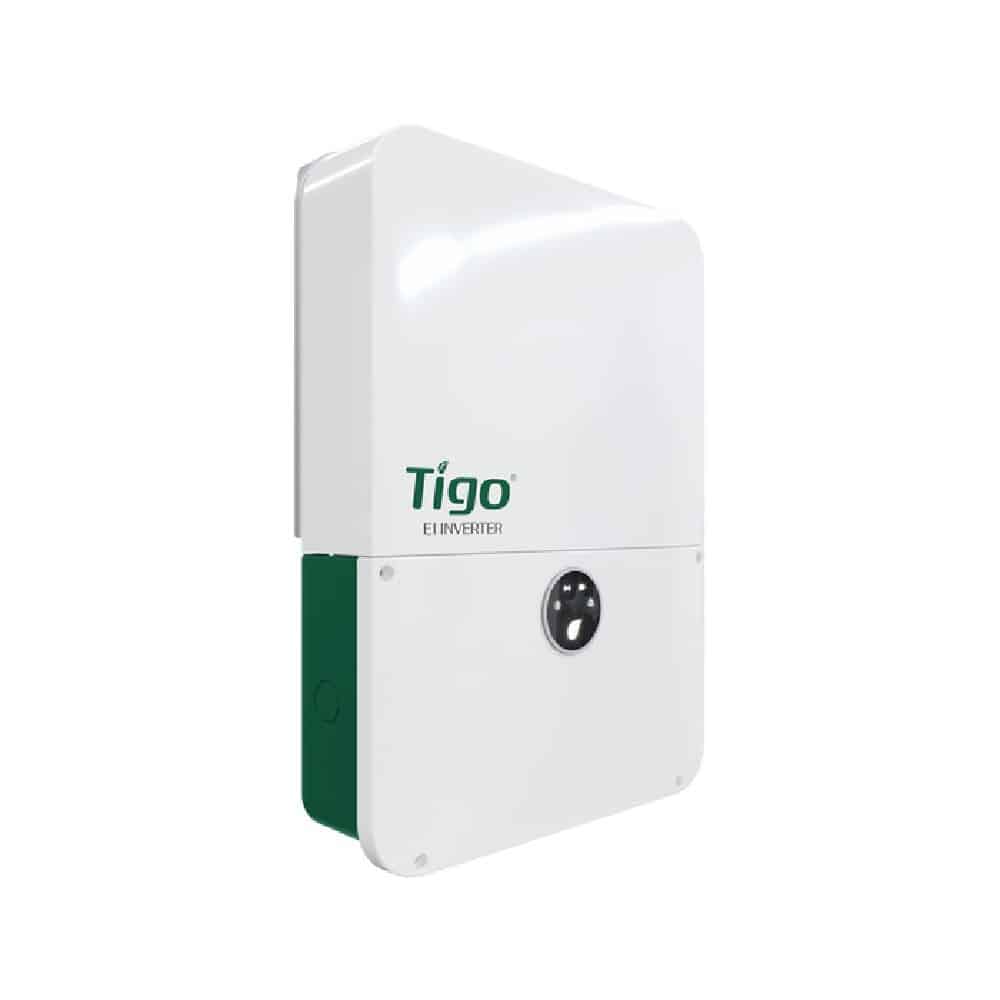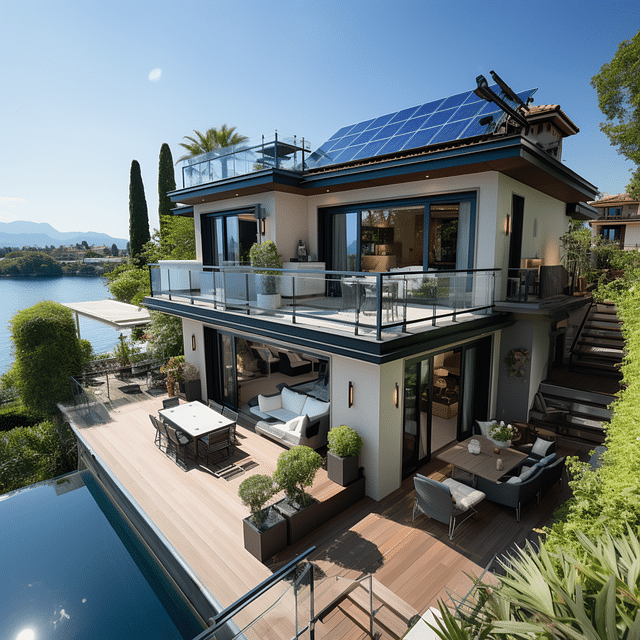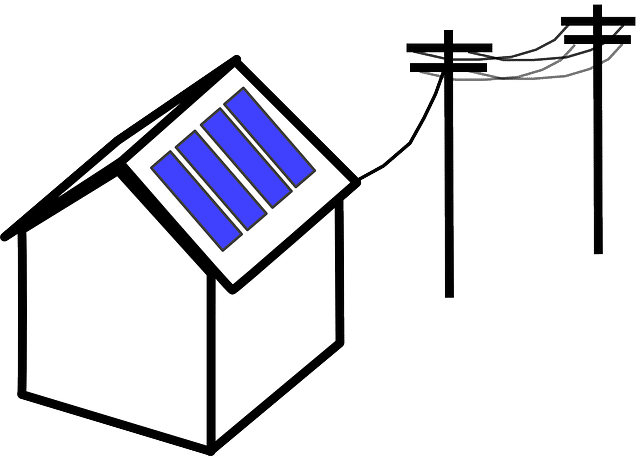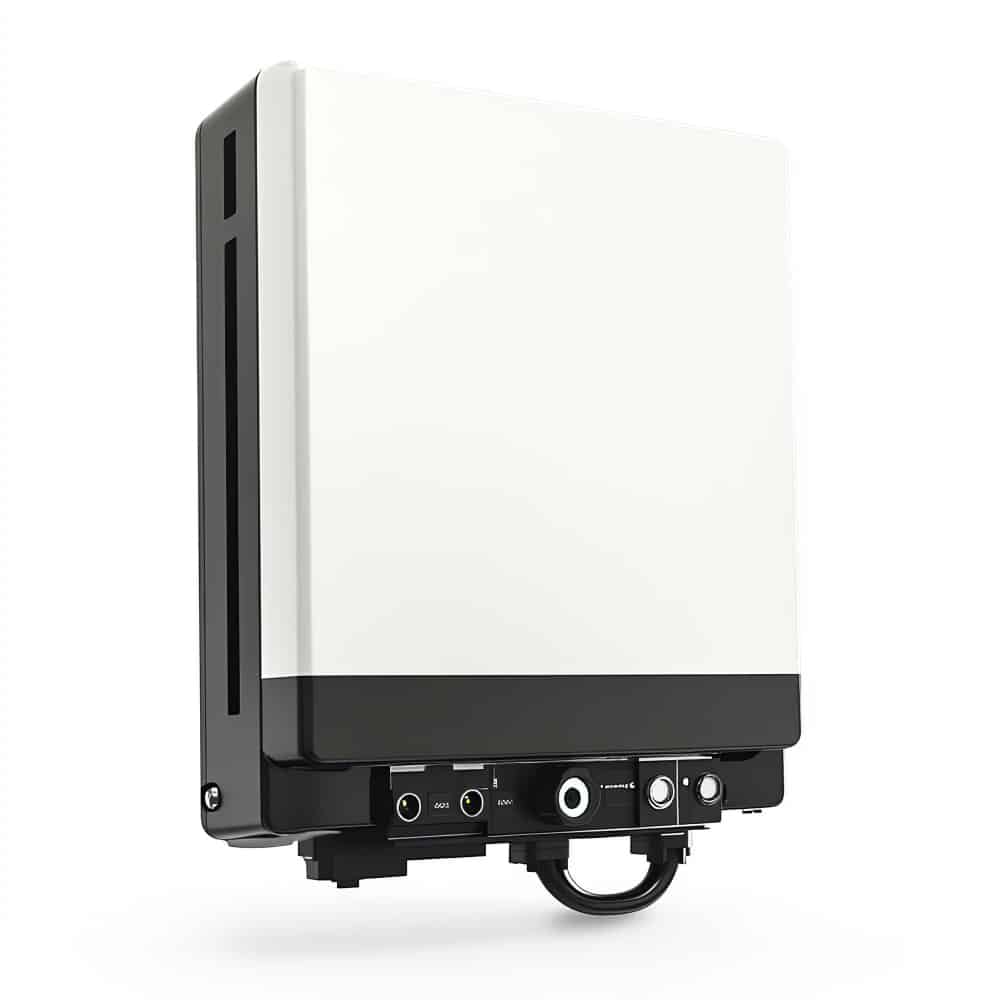📦 Fast Delivery – Order Now!
💸 Shop Safely – 100% Money-Back Guarantee
👨🔧 Lifetime Customer Support
📦 Fast Delivery – Order Now!
💸 Shop Safely – 100% Money-Back Guarantee
👨🔧 Lifetime Customer Support
Solar energy has become a popular choice for homeowners and businesses looking to reduce their carbon footprint while saving on electricity bills. However, when considering a solar power system, one essential component stands out: The photovoltaic (PV) inverter. But how much does it cost? And which factors influence the photovoltaic inverter price?

A PV inverter is the heart of a solar power system because it converts the direct current (DC) generated by solar panels into alternating current (AC), which powers homes and businesses.
Without an inverter, solar panels would be ineffective, making this component a crucial investment.

✅ 11.4 kW power output
✅ Compatible with Tigo EI battery storage
✅ Intelligent monitoring system
Several factors affect the cost of a photovoltaic inverter, including:
There are three main types: string inverters, microinverters, and power optimizers. While string inverters are generally the most affordable, microinverters and power optimizers offer better efficiency and monitoring capabilities, albeit at a higher cost.
The size and capacity of an inverter significantly impact its price. Higher wattage inverters
that support more panels tend to be more expensive.

Premium brands charge more due to their reliability, efficiency, and extended warranty
periods. At AceFlex.us you will only find products from well-known companies.
Advanced features such as smart monitoring, remote access, and battery storage
compatibility add to the overall cost.

The total expense doesn’t just include the inverter itself but also installation fees, wiring, and
other necessary accessories.
The price of photovoltaic inverters varies widely depending on the factors mentioned above.
Here’s a general breakdown:
Typically range from $1,000 to $3,000, depending on capacity and brand.
Usually cost between $150 and $300 per panel, meaning a system with 10 panels could
require an investment of $1,500 to $3,000 or more.

✅ 768VA output for high-efficiency power conversion
✅ Dual-module support for optimized performance
✅ Smart grid-ready with advanced monitoring
Often priced between $60 and $150 per panel, making them a mid-range option between string inverters and microinverters.
Yes! While the upfront photovoltaic inverter price is a key consideration, other costs may arise, including:
Professional installation can add anywhere from $500 to $2,000, depending on system complexity.

Though PV inverters have a lifespan of 10 to 15 years, occasional servicing or replacement parts might be necessary.
Some manufacturers offer extended warranties at an additional cost, which can be worth it for long-term peace of mind.

Since PV inverters are a significant investment, finding ways to save money is crucial. Consider these options:
Some states and utility companies offer financial incentives for installing solar systems.
Researching different brands and models can help you find the best balance between photovoltaic inverter price and quality.

Some solar panel manufacturers offer package deals that include inverters at a discounted rate.
While not ideal for everyone, purchasing a high-quality refurbished inverter can be a cost-effective solution.

The decision ultimately depends on your specific needs. Premium inverters often come with better efficiency, longer warranties, and smart monitoring capabilities. However, budget-friendly inverters can still perform well if selected carefully.
It’s essential to assess your energy needs, long-term goals, and available budget before making a choice.

Absolutely! Although the cost of a PV inverter can seem high, it’s a necessary component for any solar power system. By investing in the right inverter, you ensure efficiency, longevity and maximum energy savings. Whether you choose a string inverter, microinverter, or power optimizer, selecting a high-quality model that suits your needs will pay off in the long run.
Would you like to explore the best inverter options for your home or business? Feel free to reach out to our solar experts. Your journey to sustainable energy starts here!


Solar inverters cost between $1,000 and $3,000, and the price depends on factors like brand and capacity. You can find cheaper options, but they might not offer the same reliability or efficiency.
It typically costs around $1,500. But that photovoltaic inverter price can vary based on its power rating. You should also budget for installation, for it often adds to the total expense.
A 5,000W to 10,000W inverter will run a house effectively, and the exact size depends on your energy needs. You can calculate your usage, for it ensures you pick the right model.
A PV inverter lasts about 10 to 15 years, and proper care can extend its lifespan. You should monitor its performance regularly, for wear and tear can reduce efficiency over time.
Inverters don’t require a lot of maintenance, but you should clean them occasionally to remove dust. You can also check connections yearly, for it helps prevent unexpected failures.
You can leave your solar inverter on all the time, and it’s designed to operate continuously. However, you might turn it off during long outages, for it saves energy in some cases.
Solar inverters need minimal maintenance, and a quick inspection once a year keeps them running smoothly. You can wipe down the unit, for dust buildup might affect performance.
An inverter doesn’t use a lot of electricity itself, but it consumes a small amount to function. You’ll notice the draw is minimal, for it’s built to be efficient.
An inverter can handle 10 to 20 solar panels, and the number depends on its wattage capacity. You should match the panels’ output to the inverter, for it maximizes energy conversion.
You need solar panels totaling about 3,000W for a 3000W inverter, and 10 panels of 300W each work well. You can adjust the setup, for it depends on your energy goals.
You can have too many solar panels, and it might overload your inverter if not matched properly. You should size your system carefully, for excess power could go unused.
You can have 2 solar inverters in one house, and it’s useful for larger systems or separate arrays. You must wire them correctly, for it ensures they work together efficiently.
One solar battery can power a house, but it depends on the battery’s capacity and your energy needs. If you might need more storage, for heavy usage could drain it quickly.
Two solar panels can produce 600W to 800W, and the output varies with sunlight and panel efficiency. You can increase production, for adding panels boosts total power.
You can add an inverter to an existing solar system, and it’s a great way to upgrade capacity. You must ensure compatibility, for mismatched equipment might cause issues.
It takes a few hours to install a solar inverter, and a professional can finish it in one day. You should prepare the site, for it speeds up the process.
Solar inverters don’t work during a power outage, but hybrid models with battery backup can keep running. You need the right setup, for standard ones shut off for safety.
You can install a solar inverter yourself, but you need electrical knowledge to do it safely. You might hire a pro instead, for mistakes could damage the system.
You know your solar inverter is working properly when it shows steady output, and the display indicates no errors. You can check it regularly, for early detection prevents bigger issues.
AceFlex is one of the leading online retailers of renewable energy products and offers a wide range of solar products. We work with well-known manufacturers and wholesalers and can offer you cost-effective products in the field of photovoltaics so that you too can contribute to the energy transition.
Looking for an experienced team for planning your photovoltaic system without the hassle of doing it yourself? We are your trusted partner, offering comprehensive nationwide solutions. We provide expert consultation and supply of both photovoltaic systems and storage units tailored to your specific needs.
© 2025 Aceflex All Rights Reserved. Design by Media Pantheon, Inc.